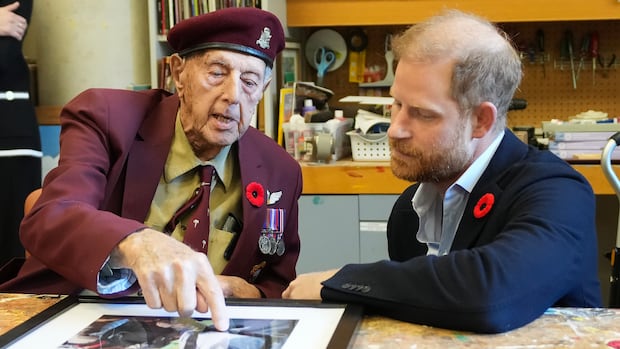Listen to this article
Estimated 5 minutes
The audio version of this article is generated by text-to-speech, a technology based on artificial intelligence.
Alberta’s police watchdog has concluded the fatal shooting of a 15-year-old Indigenous boy south of Edmonton wasn’t criminal, and two RCMP officers who fired shots won’t be charged.
The teen, who family members identified as Hoss Lightning, was killed in Wetaskiwin, Alta., early on the morning of Aug. 30, 2024.
Lightning was a member of Samson Cree Nation in the community of Maskwacis, a little less than 20 kilometres south of the city where he was shot.
His killing shook his community, and became one of several deaths of Indigenous people caused by police that sparked calls for a national inquiry.
The Alberta Serious Response Incident Team investigation says the RCMP officers shot at the teenager up to 17 times as he came toward them in a field, holding his arm up in a backpack so that it appeared he was pointing a gun.
Lightning died of a gunshot wound to the chest, and while he handed over a machete and a knife to one of the officers earlier, no guns were found on him.
“While these events are tragic, that does not make them criminal,” acting ASIRT executive director Matthew Block wrote, noting under the circumstances, the officers could reasonably argue that the use of force was necessary to defend themselves.
“There are therefore no reasonable grounds to believe that either subject officer committed a criminal offence.”
ASIRT report
The ASIRT report, released Thursday, says Lightning called 911 shortly before 12:30 a.m., reporting he thought people were following him and trying to kill him, claiming he’d threatened the Hell’s Angels.
Both officers involved in the shooting gave statements to ASIRT and agreed to be interviewed for the investigation.
The first RCMP officer who responded was told that Lightning had been reported missing by the Edmonton Police Service. When he found Lightning near a McDonald’s in Wetaskiwin, the teenager told him he had a machete and knife, and handed them over.
The ASIRT report says the officer saw from a police information search that Lightning had a cognitive delay, and operated at the level of a nine-year-old.
Recordings from the officer’s in-car video system captured him talking with Lightning, trying to contact an adult family member, with Lightning asking for his kokum in Maskwacis.
After the officer couldn’t reach anyone, he told the teen that he was being apprehended and taken to a group home. But when he told Lightning he was going to pat him down, he refused, and according to the report, he reached into his backpack and raised it at the officer, “intimating” that he had a gun.
As Lightning ran away, the Mountie said over the radio that the teen had “pretended that there was a gun in his knapsack and went to shoot me with it … I did not actually see a firearm, but that was a little harrowing.”

The police officer drove toward where the teen had gone and pulled into a field near a pawn shop, where he found Lightning again, still holding his arm up inside the backpack, and the officer got out of his car and took shelter behind his vehicle.
The second RCMP officer arrived and saw the other Mountie outside his car, with the teen nearby and his arm up to his elbow inside the backpack.
The officer said he didn’t have any background knowledge about the boy’s situation when he arrived at the scene, and he believed he had a gun and might kill the other Mountie.
He heard several shots as the other officer fired, and he began shooting as well. Lightning fell to the ground, and the second officer kept firing, saying the teen “continued to gesture within the backpack as if a firearm was present.”
But video of the incident shows that when Lightning fell, there was actually a separation between his hand and the bag, and it was no longer pointed at the first officer.

“While his vehicle video showed this to be incorrect, that does not mean that [the officer] was lying,” the ASIRT report says.
“In this dark environment with flashing emergency lights, it is difficult to see what is happening on the video and it would have been difficult in person as well.”
One or both of the officers continued shooting for four seconds after Lightning was on the ground, according to the report.
“Given the dynamic nature of the situation, this was reasonable,” the report says.
When the shooting was over, the officers called for emergency medical help.
Lightning later died in hospital.







